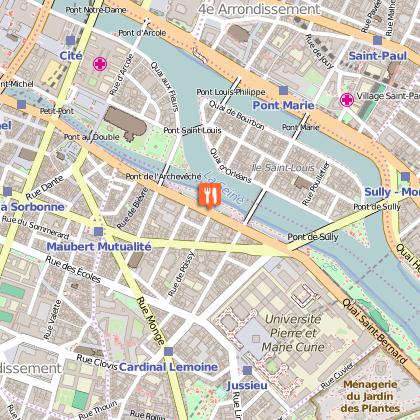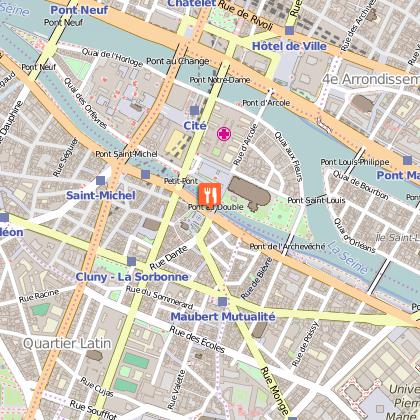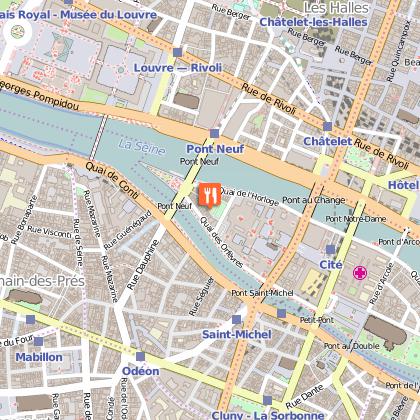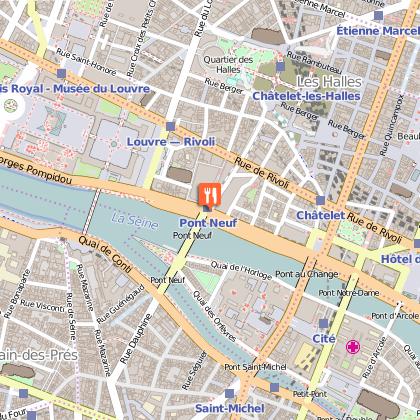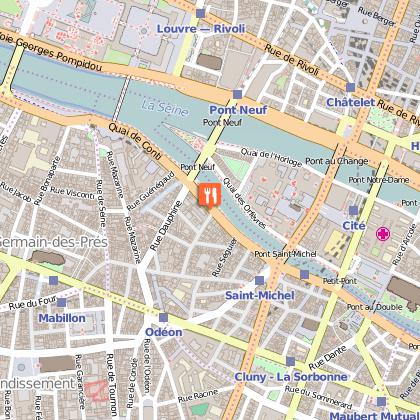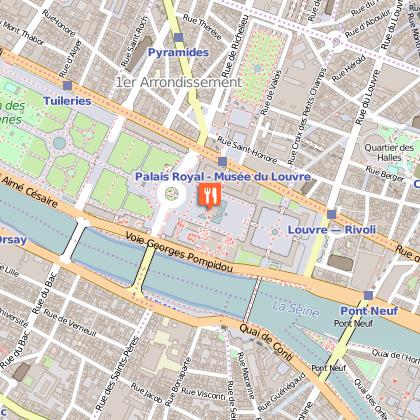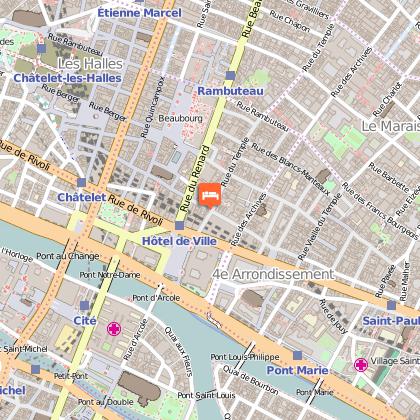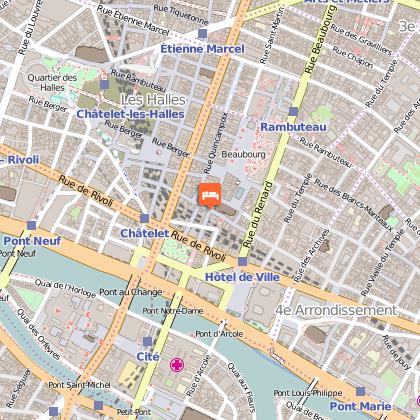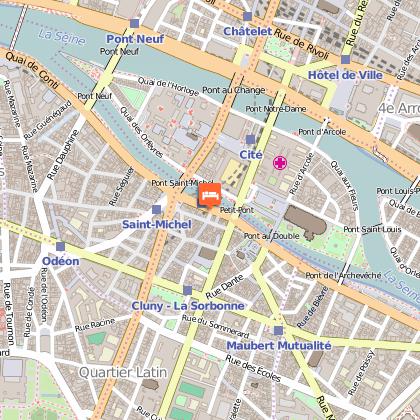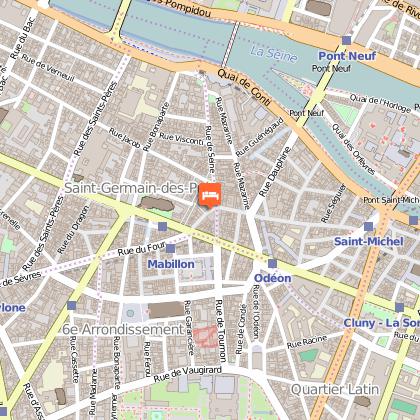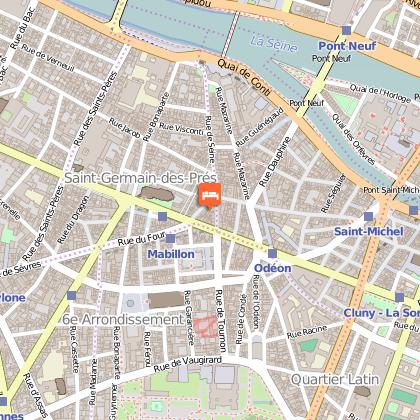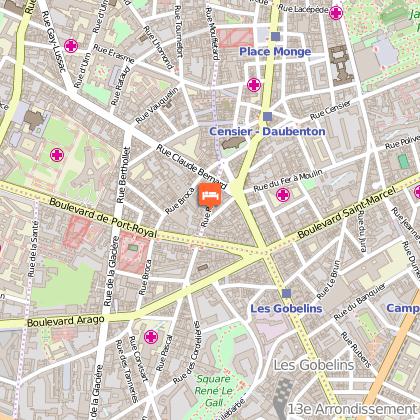Tours
Activities
Places of interest
Where to eat
Where to sleep
Paris-4e-arrondissement, Paris, Ile de France
Are you in charge of the destination?Welcome to the 4th arrondissement of Paris, a true gem in the heart of the French capital. Known for its rich history, grand architecture, and picturesque streets, the 4th arrondissement is brimming with cultural treasures. Here, you'll find iconic landmarks such as Notre-Dame Cathedral, the Hôtel de Ville, and Place des Vosges. Stroll along the banks of the Seine, visit the Île Saint-Louis, or ex...See more
Walking around Paris-4e-arrondissement
See more suggestionsStroll through the walking routes of Paris-4e-arrondissement.
See more suggestionsWhat to do in Paris-4e-arrondissement
See more suggestionsActivities for all tastes await you in Paris-4e-arrondissement, book them today.
See more suggestionsWhat to visit in Paris-4e-arrondissement
See more suggestionsVisit the museums and galleries of Paris-4e-arrondissement.
See more suggestionsWhere to eat in Paris-4e-arrondissement
See more suggestionsThe flavors of Paris-4e-arrondissement await you.
See more suggestionsWhere to sleep in Paris-4e-arrondissement
See more suggestionsDiscover available accommodations around Paris-4e-arrondissement.
See more suggestions






























